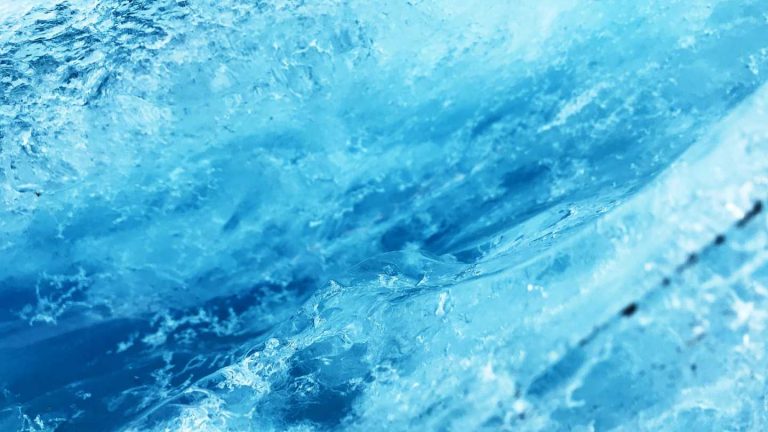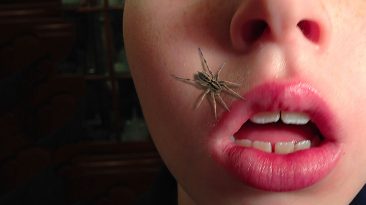It’s about to get a little chilly in here. What’s the coldest you’ve ever been? Well today, we’re cranking that down a notch. Today, you’re heading into absolute zero territory.
Is absolute zero really colder than outer space? What could we do with such a low temperature? What could we do with such a low temperature? And how badly is this going to hurt?
So, beside sounding like an awesome band name, absolute zero is the lowest possible temperature in the Universe. At -273.15°C (-459.67°F), it literally can’t get any colder. It’s so cold at absolute zero that the very atoms have stopped moving.
That’s really cold. Even the freezing vacuum of space is only -270.41°C (-454.738°F). So absolute zero is colder than the dark reaches of outer space. And today, you get to be our guinea pig, and touch something cooled down to absolute zero. I know, right? What an amazing opportunity.
Now, let’s say we froze a small piece of metal down to absolute zero temperature. Would you mind picking that up for us? As you pick up the piece of metal, you’ll find that it’s absorbing all the heat from your hand.
Your hand is covered in moisture, which is being robbed of all its heat, and it begins to freeze once the temperature drops below 0°C (32°F). OK, you can let go of the metal now. Oh, you can’t?
Well, that’s because the water freezes inside the tiny pores of your hand and the surface irregularities of the object, so you’ll get stuck. Think of it like when you lick a flagpole in winter, but A LOT more painful. And if you try to remove the piece of metal, the flesh of your hand will rip off with it. Just remember you volunteered for this.
Next, blood vessels near your skin will begin to constrict. This will reduce the blood flow to the affected areas, and help keep your vital organs alive. It’s like your body puts up a roadblock.
The problem is, this lack of blood supply and oxygen to your skin can cause damage to your cells. At absolute zero, the piece of metal will lower your cells’ temperature until they are so cold that the liquid inside them freezes. This would create sharp ice crystals, and damage the structure of your skin cells. And brace yourself. It gets worse.
You can expect even more damage to the lower layer of your skin, AKA the dermis. Not to mention all the damage to your hand’s muscles and tendons. OK, maybe we should call it quits on this.
Well, because you were such a go-getter, you decided to hold onto the absolute zero metal as long as you could, and as a result, you’ve got fourth-degree cryogenic burns on your hand. This will eventually lead to gangrene and extensive necrosis. DO NOT google that. Trust me.
With your injuries, there’s only one way to save you. Amputation. I’ll take you to the hospital now. So besides maiming you, what could we actually do with absolute zero? Well hopefully, the study of absolute zero temperature will lead to discoveries in cryogenic research.
The field of cryonics seeks to preserve whole human bodies at ultra-low temperatures, around −196 °C (−320.8 °F). Yeah, that’s not as cold as absolute zero. But if we can get a handle on how to work with such a low temp, we can use this knowledge to prevent your body from crystalizing, and your vital organs from being destroyed after you’re frozen. Which makes us wonder, what if we were able to nail the cryogenic freezing process?
Sources
- “Absolute Zero”. 2021. Sciencedaily.
- “Cooler Than Ever: NIST Mechanical Micro-Drum Chilled To Quantum Ground State”. Laura, Ost. 2011. NIST.
- “Chilly Record! Coldest Object On Earth Created In Lab”. Kelly, Dickerson. 2021. livescience.com.
- “Chemistry: How Fast Do Gas Molecules Move?”. 2021. Infoplease.
- “What is absolute zero?”. 2018. NBC News.
- “What Does Absolute Zero Mean?”. Stephen, Ornes. 2021. Discover Magazine.


















